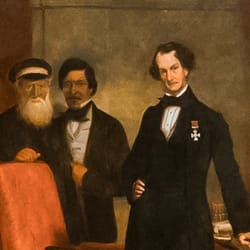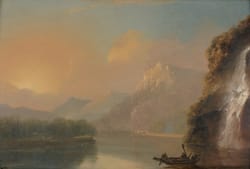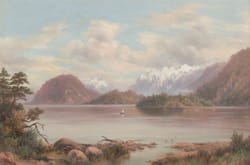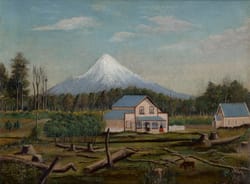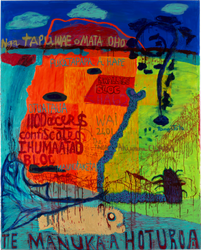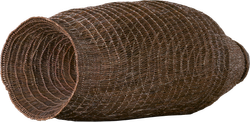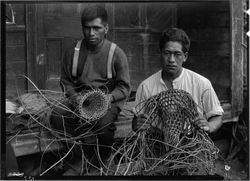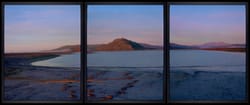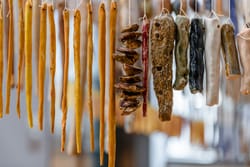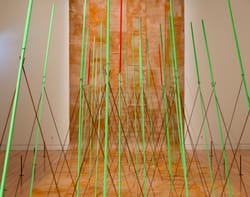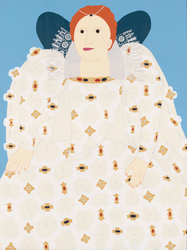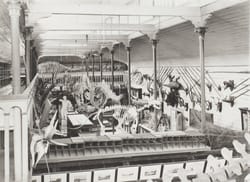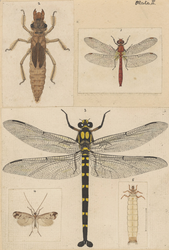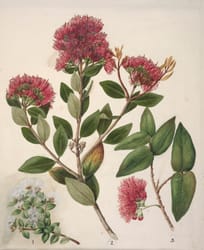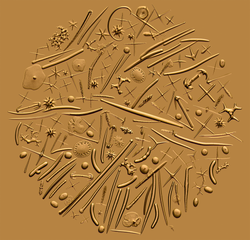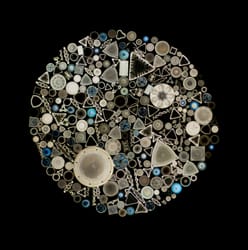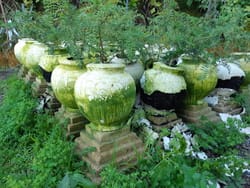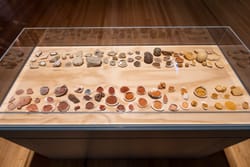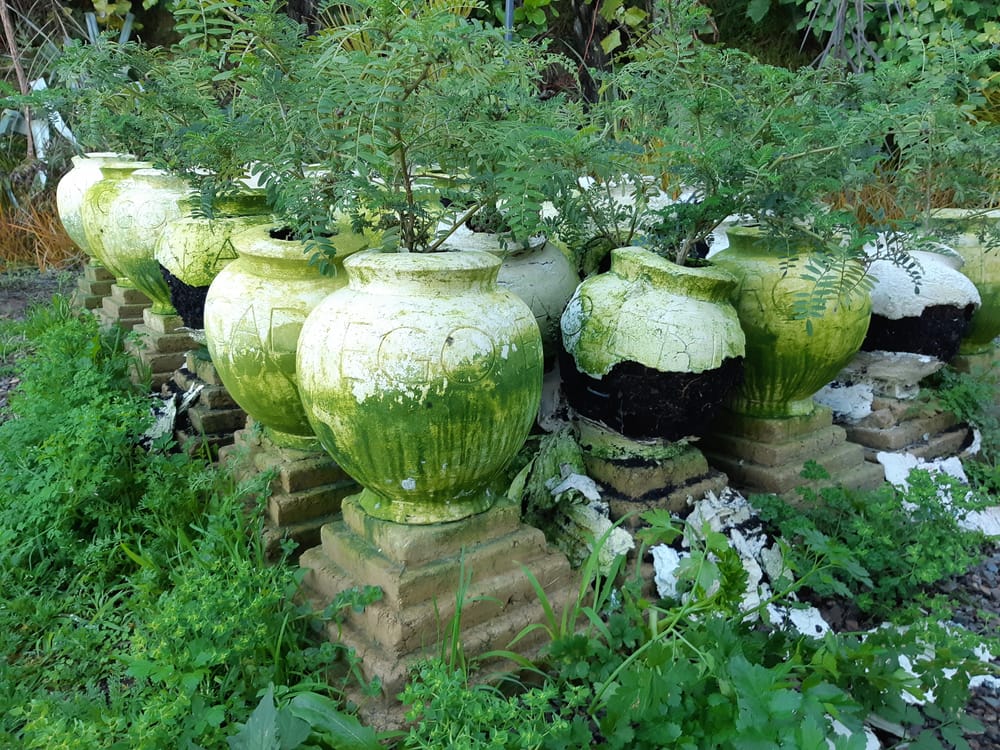
Close
MOANA
This projected video work is called I Too Am in Paradise: II, and it was made by Raewyn Atkinson. It shows rows of unfired clay urns, each with a ngutukākā plant in it. The video is a time lapse, composed of thousands of photographs taken over many months. It’s nearly an hour long.
Let's stay a while with the work and watch as it changes.
And look, we're joined by the artist. Kia ora Raewyn! I love this work. How would you describe yourself and what you do?
RAEWYN
I’m Raewyn Atkinson and I work in clay. I would call myself a clay artist.
MOANA
What was this process like, making the time lapse?
RAEWYN
Well, it was set to take a photograph every three minutes. So you can imagine three minutes, every three minutes for ten months. And, I really loved the idea. Had no idea what would happen.
I didn't know how long the urns would last. I didn't weed, I just let everything happen. And they flowered, they flowered several times. It was a lot of caring, making sure they didn't dry out too much.
But what was interesting with the film, it was beautiful when we looked back over the photos … that you'll see in day and night, the plants are like, they breathe. You know, they sort of expire and breathe, and the weeds move, you'll see the weeds all moving up and down too as they grow. I hadn't thought about the moon cycle, and as the moon changes … you know, full moon, you would see the shadow passing across the urns, and you see the pattern of the leaves on the urns.
And so you get that sense of … not just the seasons, but you get time of day, because the sun's going over, and that's all creating different shadows … and the wind. So it's the day-by-day as well.
MOANA
How long were they there in your garden?
RAEWYN
We started in February and finished in late November, but the urns had already started falling apart, as you'll see in the moving image work, and so it was a good time to end.
MOANA
What’s the significance of ngutukākā?
RAEWYN
Well, I've been interested a long time in native plants and restoration. I was out at a nursery in Lower Hutt and the nurseryman said, ‘you've got to take one of these ngutukākās’.
He said they're rare, they're threatened with extinction. And I had one in the garden. It grew and it was beautiful. It was pink. And it grew prolifically. I knew white ngutukākā were even more threatened and started looking for the plants.
At the same time I was …my mother, we thought she was dying. I was told she was dying, and I was thinking about … it led me to think about urns and why we have urns. Why do we want to keep the ashes?
I just started playing around in the studio with making these urns and putting the plants and thinking about the whole idea of the cyclic nature of life and death, that it’s not the end.
You know, I have a very pantheistic view of life and death and that we just continue to cycle around, and this will be a way to demonstrate that you know, the urns degenerate, but the plants grow.
MOANA
Āe rā. Rawe tērā whakaaro. Thank you Raewyn.
I'll leave you here to breathe with the plants awhile. Then, we’ll finish our journey at the whenua pigment display just to the left.
